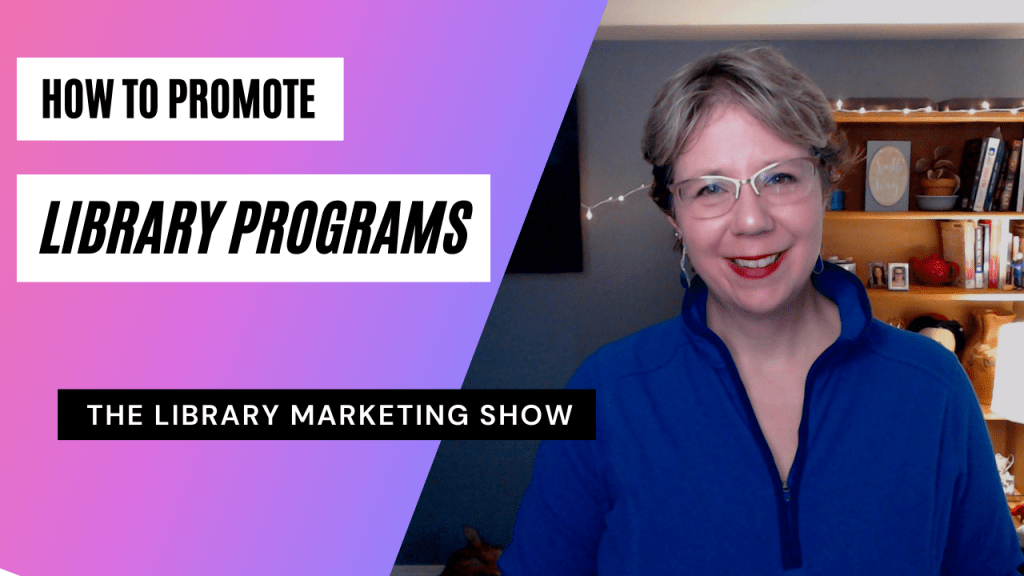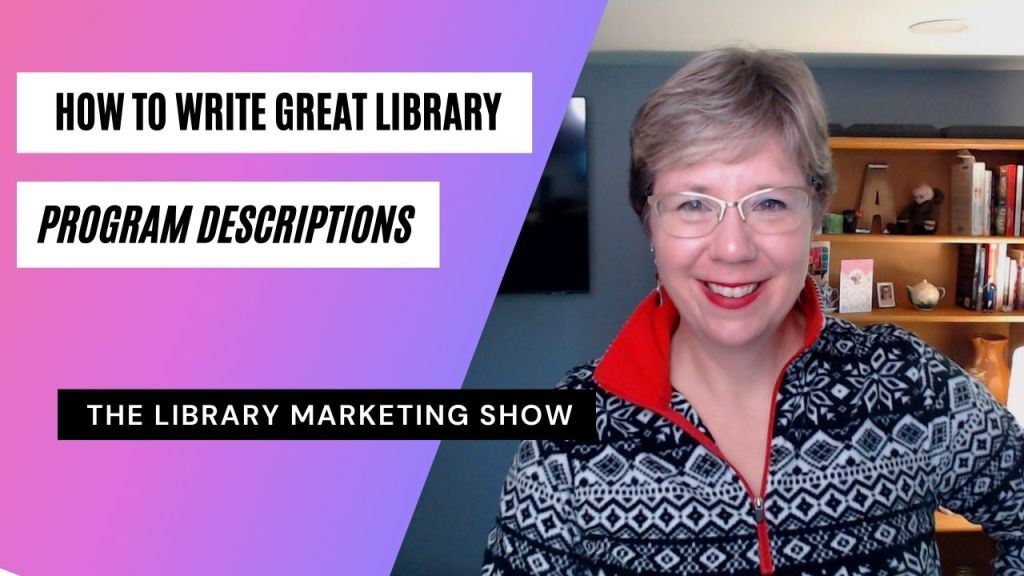
On my first day working in a library, I was handed a calendar of library events. “Here is everything that happens during the library year. You’ll learn what to expect pretty quickly and how to plan to market each of these events as they rotate in the library calendar.”
My first thought was, “Holy cow, that’s a lot to promote. There are multiple events happening nearly every day of the year.”
And there was one other potential problem that I didn’t dare say aloud.
While I’ve been a voracious user of library collections all my life, I had never attended a library program outside of taking my kids to storytime when they were little. How was I going to convince someone else to go to one??
Programs at any library, whether public, academic, special, or school are considered a core service. Every library strategic plan includes some language pledging to provide programming to fill a gap in the needs of the community.
In my work at NoveList, the amount and variety of programs I’ve seen promoted each year is astounding. There is something for everyone. So…
Why do libraries struggle so much trying to get people to attend these programs?
Here’s what I’ve learned.
The libraries that get a lot of people to attend their programs focus on providing high-quality programs that meet specific community needs at a time and place most convenient for their patrons. They require registration, and they go out of their way to remind registrants to attend.
Many of you are worried about program attendance. For most libraries, it just has not returned to levels seen before the pandemic. In fact, many of you mentioned in the latest Super Library Marketing survey that you particularly struggle to promote adult programming.
So how do we increase program attendance?
I work with a lot of libraries. The ones that are successfully driving program attendance are doing three specific things.
- Fewer overall programs
- More quality, community-focused programs
- More efficient and effective marketing
Your target audiences respond more to your marketing when you are promoting fewer, high-quality programs that meet their needs. And your marketing will be more effective with focus and a little help from friends. It’s truly that simple.
Take these four steps to boost library program attendance.
Ask cardholders what kinds of programs they need.
Conduct a two-question survey to ask your cardholders what they want to do or learn at the library. Resist the urge to ask more questions! You can always conduct a larger survey later.
This survey has a singular focus: to give you a sense of what interests the community.
- Ask your community members to choose categories of programs that would be valuable and interesting to them.
- Ask your community members about the format: How long do they want your programs to be? And where do they want it to be?
You may learn that programs at a certain branch would be more convenient for your community. You may discover that the weekdays are inconvenient for your community members. You may learn that your adult community members want you to schedule adult programs at the same time as your children’s programming so they don’t have to get a babysitter.
Research events at related organizations in your community.
Avoid creating programs at your library that compete with other organizations for time and attention.
For instance, if your branch is near a community center that’s already hosting a bunch of knitting and crafting events or groups, then your knitting and crafting programs will be in direct competition.
Instead, create programs that complement what other organizations are doing.
For example, your library might start a knitting or crafting-themed book club where participants read books related to knitting, crafting, or fiber arts. Then you can approach the community center and ask them to help you promote that program to their knitting program attendees!
Gather email addresses and send attendance reminders.
Walk-ins for programs are great. But, requiring registration allows your library to ask for an email address. Then, you can send program reminders like this one from Iredell County Public Library.
Remind your attendees twice, once one week before the program and once within 24 hours of when the program is going to happen.
Partner to create and market your programming.
My library partnered with a local organization to teach workforce development skills to single parents. We also partnered with a local brewery to do a program on home brewing techniques. Both programs filled up fast (the brewery actually ran out of tables!)
Later, my library created a set of programs with an organization that teaches young girls how to do computer coding. And guess what? Registration was full!
I confess I did a bare minimum amount of marketing for all three programs. The partner organizations did most of the heavy lifting. You’ll get more people to attend (and have less promotional work to do yourself) because your partner organizations can and will share your marketing materials.
Need more help with program attendance?
P.S. You might also find this helpful
Subscribe to this blog and you’ll receive an email whenever I post. To do that, enter your email address and click on the “Follow” button in the lower left-hand corner of the page. You can also follow me on the following social media platforms:




